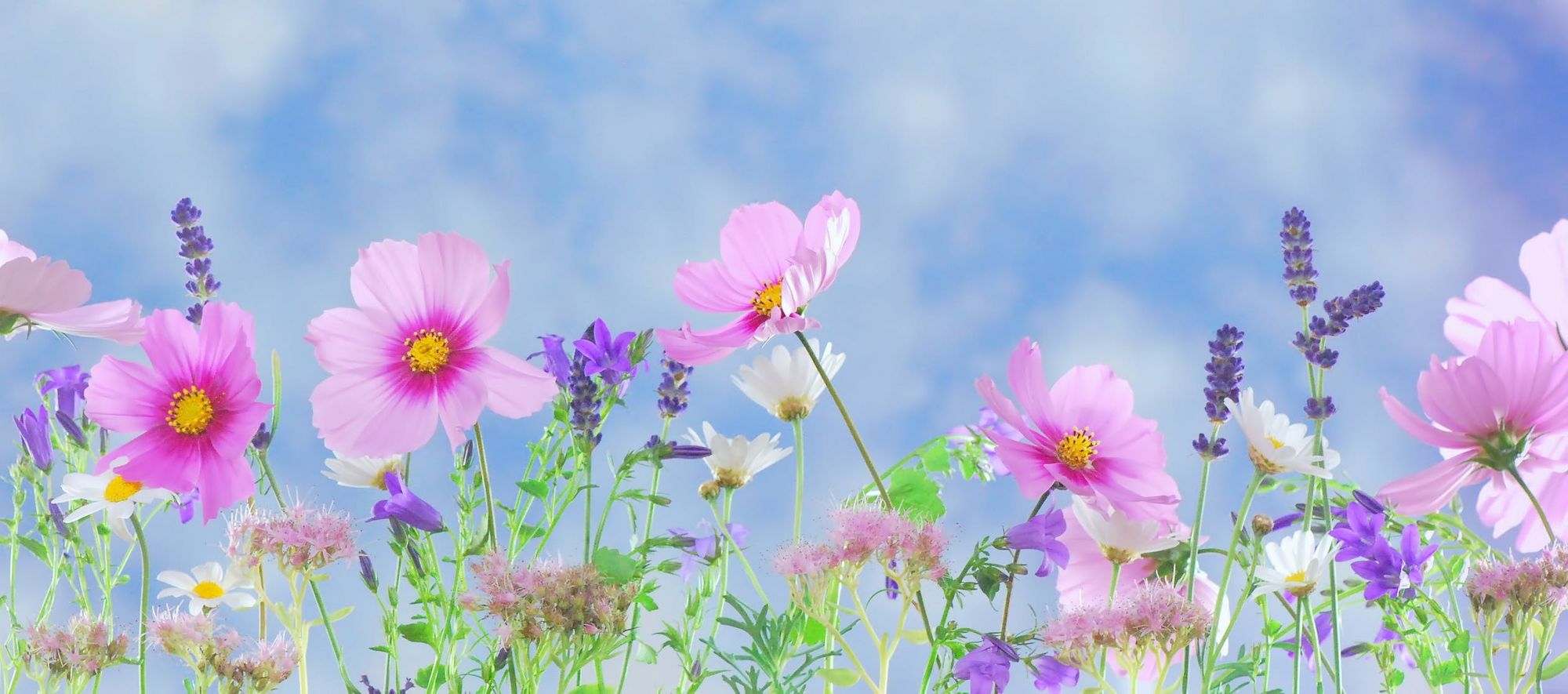Steps to Creating a Summer Garden
Summer can be the perfect time to start planting a garden. In six simple steps, you can have a beautiful garden planted in no time.

What will you be planting?
Consider your personal preferences. Below is a small list of potential options that are specific for summer planting. I recommend that you do your own research to decide what is best for you. If this is your first time, consider starting small and scaling up as you gain experience.
Flowers
- Marigold
- Black eyed susan
- Aster
- Blanket flower
- Zinnia
- Hibiscus
- Salvia
- Coneflower
- Sunflower
Vegetables
- Eggplant
- Tomato
- Carrot
- Corn
- Pepper
Fruits
- Strawberries
- Raspberries
- Blueberries
- Figs
- Apple Trees
Where will the garden be?
Most plants will need a full 6-8 hours of sunlight a day. Observing the yard for a day will help show which areas get the most sunlight. If your yard is mostly shady, don’t worry! There are still plenty of plants that love to live in the shade (like ferns, foxgloves, or olive trees). Check the plant tags of the plants you have chosen to get specifics on the most optimal planting area. Try and pick an area that is flat because it will keep planting and upkeep easier for you.
Buy materials
In addition to your plants chosen, to start your garden you will need:
- Trowel
- pruning shears
- Spading fork
- Hose
- Garden rake
- Angled shovel
- Gardening gloves
- Soil
When buying plants, keep in mind that some plants are easier to grow from a seedling rather than a seed.
Improve the soil in the area you chose
First, you will need to clear the ground to make way for plants. To eliminate weeds, try putting down a layer of newspaper and then covering it with a 3 inch layer of mulch. This will suffocate the weeds and, in a few days, you will have the perfect bed for a garden.
The more fertile your soil is, the better your plants will grow. Too boost the fertility of your soil, add organic matter. By adding a layer of compost to your bed, it will attract organisms like worms to help with your plants.
To prepare the soil for planting, start digging. Try digging only when the soil is moist for the best results. Use a spading fork to turn up the first 8-12 inches of soil (depending on plants chosen). It helps to add in compost as you go to aid with the fertility level of the soil. As you are doing this, be careful not to walk of the dug up soil as it will recompres it.
Begin planting
After preparing the soil, you are now ready to begin planting! Most plants come with their own directions. As mentioned earlier, it may be easier to buy seedlings young plants instead of the seeds themselves. After you have planted your plants in your garden, make sure to pat the area lightly and soak the soil with water.
Upkeep
How often you will need to water will depend on the types of plants chosen and the weather. Sunny or windy conditions will dry out your garden faster, thus requiring more water. If you are unsure when to water, feel the first 3 inches of soil. If it is dry, it’s likely time to water again.
For continuous upkeep, use mulch and compost to protect your garden. The mulch will help keep weeds out and moisture in. If weeds still begin creeping into your garden, pull them out at the root for the best results. Check in on your garden to ensure it is getting everything it needs.

